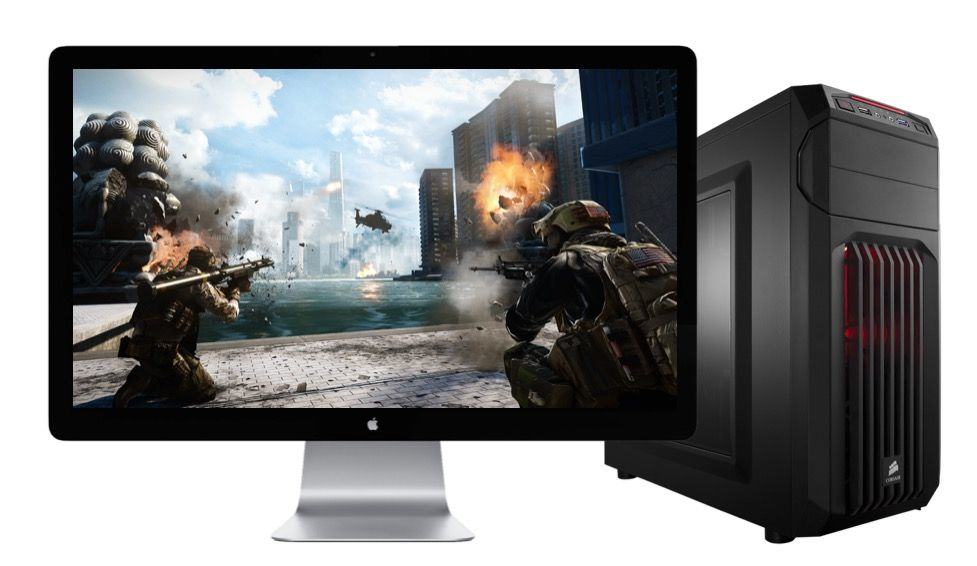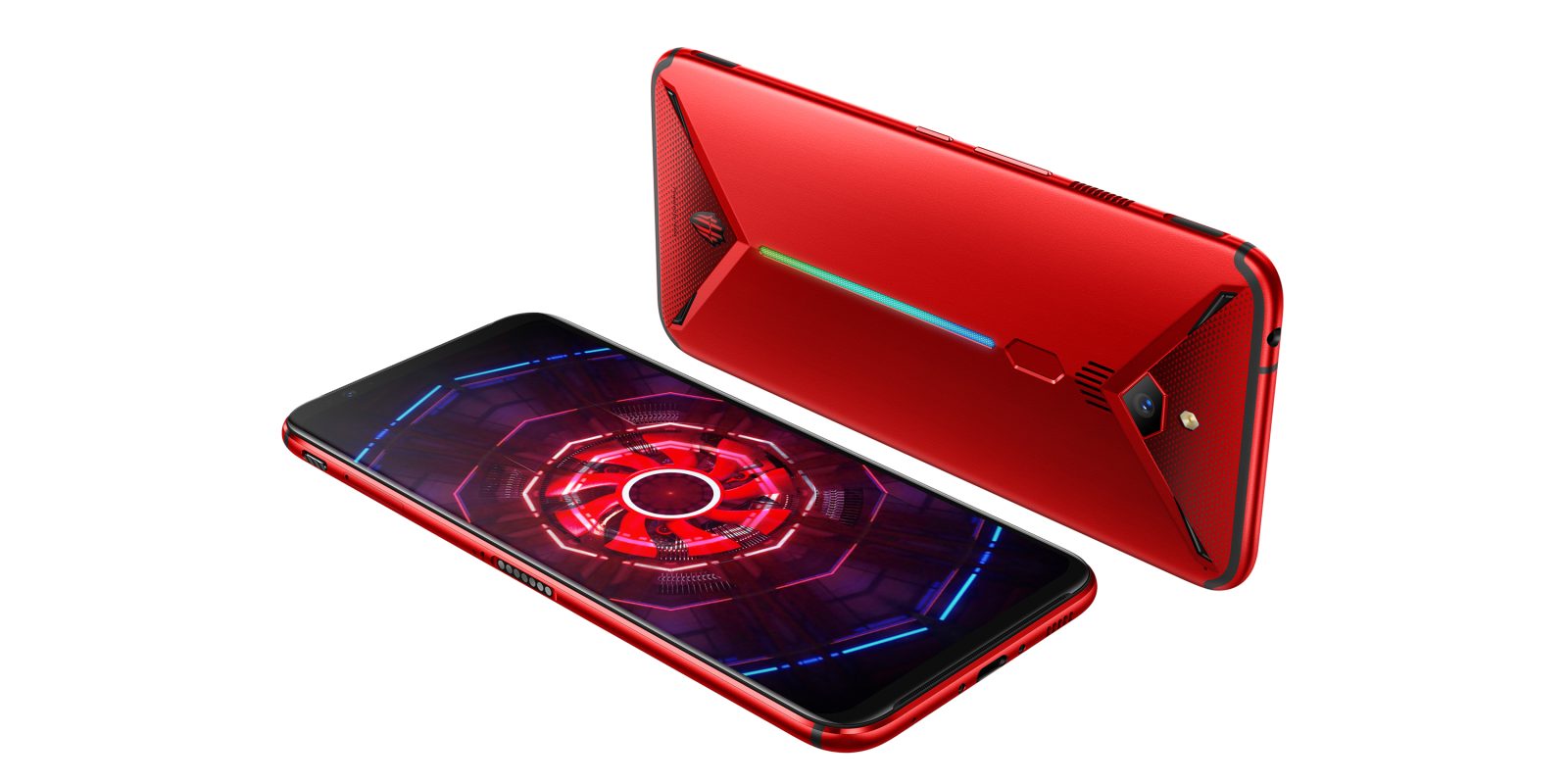News & Discussion
Google Pixel smartphones are, no doubt, high-end handsets. The Pixel 3 XL has models that break the 1,000$ price ceiling that’s reserved for the very best that high-end manufacturers like Apple and Samsung have on offer. However, aside from a small niche market, these phones never really contended with the top dogs like Samsung and Apple.
It’s about to become bleaker for the current generation of Pixels. For years now, people have been speculating that the age of high-end smartphones is over. Recently, reports have surfaced to support this claim. International Data Corporation just announced that most smartphone manufacturers had a dismal Q1 for 2019. Apple suffers significant YOY numbers as they drop 30%. Samsung, on the other hand, also dropped but with a smaller 8.1%. Nevertheless, it’s one of the longest and biggest losing streaks that these manufacturers have experienced in years. These two are suffering from a high-end smartphone death which analysts blame on a combination of lack of innovation and a
To put things in proper context for Google Pixels, they’re not even included in the list. They’re categorized with “others” that IDC says suffered a 21.5% drop. Google’s best effort at smartphone manufacturing, it seems, is in relative obscurity volume-wise.
It’s mid to low range smartphone makers such as Vivo who made a significant leap of 24% YOY upgrade. These numbers show the current trend on the demand side that yearns for less expensive yet decent performing smartphones.
This unpopularity is a shame because it’s a great value phone. It boasts top-of-the-line specs on par with other flagships, theoretically better overall performance because of vanilla Android, and a class-leading camera performance that puts some of the more expensive devices to shame. It’s gained a faithful, albeit relatively small, following for these reasons.
But recently, the rumour mills have become abuzz with speculation that Google is releasing mid-range Pixel devices soon. I’ve compiled everything here:
Mid-range Internals
If the new Pixel devices are going to be truly mid-range and not some inbetweener like the Pocophone, the processing power is almost surely going to be the first thing to take a hit. Current mid-rangers such as the Mi A2, rock the Snapdragon 670. It wouldn’t be a surprise if the new mid-range Pixels get released with the same chipset. As the saying goes, “If it ain’t broke, don’t fix it.” This should be true for the smaller Pixel 3a while the Pixel 3a XL should have slightly improved Snapdragon 710.
Although, it would also be a welcome surprise if it goes the Pocophone way. This means that yesteryear’s top-of-the-line chips on today’s mid-range phones suggesting that it can also come equipped with 835 or maybe even 845 from Snapdragon.
Rumours have it that another point of compromise is going to be the storage. Today’s standards have risen to a point where you can no longer find smartphones with just 16GB of storage and 64GB is considered just enough. Pundits are saying that the Pixel 3a, in order to cut costs, will have base options of just 32GB. Hopefully, this isn’t the case because the growing use cases for smartphones have grown and that the baseline 64GB is already something that most people have adjusted to.
Lastly, a point where it would be difficult to compromise would be the RAM. That’s because for a 2019 smartphone, the Pixel 3 and Pixel 3 XL already have a limited amount of it. At 4GB for the base models, it would be difficult to imagine the Pixel 3a and Pixel 3a XL to have even less than that.
Mixed Bag for Hardware
One place where the current mid-range king in the Pocophone cut costs is the build quality. Instead of what’s currently on trend which is glass, they’re made out of hardened polycarbonate. That’s the fancy term for plastic. It’s expected that the new Pixels cut the same corners. This move alone can help bring its costs down by a lot. So this rumour is likely true if they’re really aiming for the $400 to $500 markers and not just the $750 consolation prices that the iPhone XR and Galaxy S10e, the budget versions of Apple’s and Samsung’s flagships.
Part of the phone that has conflicting reports is the screen. If we are to look at the discussions of past smartphones, it’s without a doubt a contentious subject. The iPhone XR, for example, has been heavily criticized for using LCD instead of the current generation of smartphone screens which are OLED.
Some pundits are claiming that the Pixel 3a and Pixel 3a XL will make this same sacrifice but there are also some that make the claim that they’re going to go the other way and go with OLEDs.
What seems for sure though, is that it’s going to at least a 1080p resolution which is a step up from the controversial iPhone XR’s 800p resolution. So, whether OLED or LCD, you’re at least sure to have at least 440ppi which should be crisp for the rumoured 5.56-inch Pixel 3a and the 6.0-inch XL version.
Class-Leading Camera as Always
More than anything, Google Pixels have always been camera champs since the very first iteration. These new versions should also be the same because it’ll come equipped with the same camera hardware that the current flagship-grade Pixel 3 and Pixel 3 XL are currently sporting. Essentially, you’ll have cameras that you can find on $1,000 phones on these budget models. For a lot of buyers, this should be a compelling feature.
The question, however, is that the camera performance of the current generation Pixels is largely attributed to the software A.I. More than the camera hardware, therefore, the imaging relies a lot on the processing power. It’s interesting to see if the rumoured chipsets such as the Snapdragon 670 for the base Pixel 3a or the Snapdragon 710 for Pixel 3a XL are going to be able to produce similar results with the same hardware.
Exciting Time for Mid-range Smartphones
Whatever the case for the new Pixels, it cannot be denied that these are exciting times for the mid-range segment. Google’s foray into it will be, at least for consumers, a welcome development.
If it all goes according to Google’s plan, the capable chipsets should be enough to tide over moderate users, the build quality should be good enough for most people, and the camera-quality should be more than enough even for even power-users. It should appeal to a wider audience. If that happens, Google shouldn’t have trouble moving these new smartphones.












